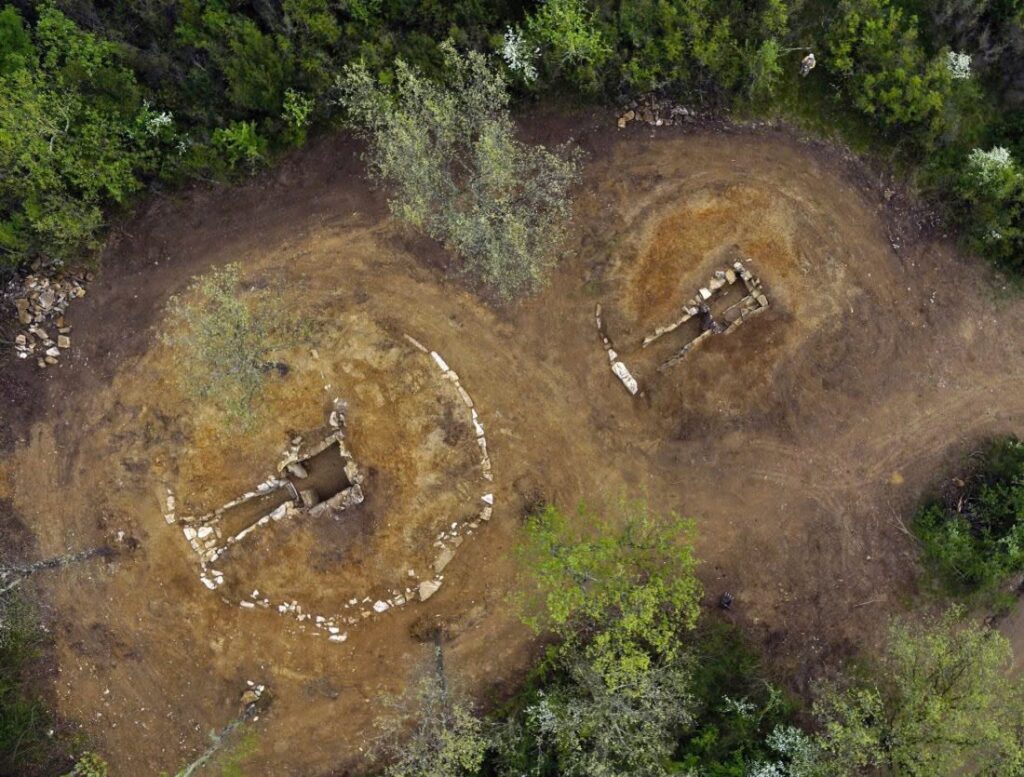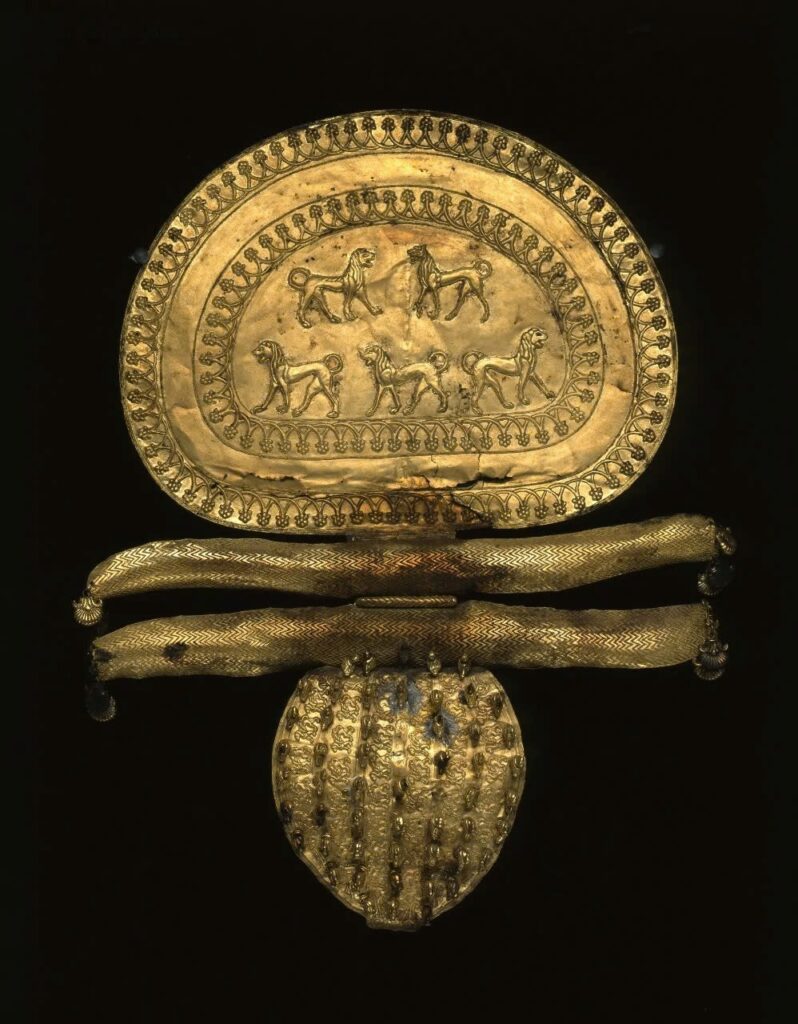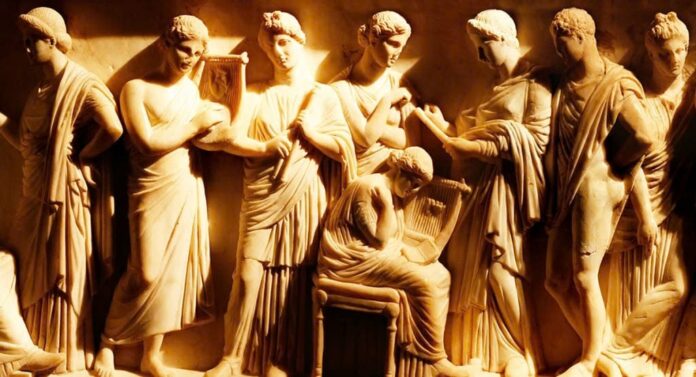Ancient DNA Reveals Local Roots of a Sophisticated Pre-Roman Civilization

The Etruscans, an enigmatic pre-Roman civilization that flourished in central Italy, have long puzzled historians and archaeologists. For over two millennia, their origins remained shrouded in mystery. Now, thanks to groundbreaking genetic research, we finally have answers that challenge long-held beliefs about this ancient culture.
Debunking the Migration Theory

For centuries, scholars believed the Etruscans were migrants from the Near East, a theory first proposed by the Greek historian Herodotus. However, a recent study published in Science Advances has turned this notion on its head. By analyzing DNA from 82 ancient individuals who lived in central and southern Italy between 800 BCE and 1000 CE, researchers have discovered that the Etruscans were, in fact, of local origin.
Genetic Ties to Italic Neighbors
The study, conducted by geneticists from prestigious institutions including the Max Planck Institute and the University of Florence, revealed a surprising truth: the Etruscans were closely related to their Italic neighbors, including their Roman rivals. This finding contradicts the long-standing idea of their Greek or Anatolian heritage.
A Linguistic Puzzle Remains

One intriguing aspect of the Etruscan civilization is their non-Indo-European language. Despite sharing genetic profiles with Indo-European speaking neighbors, the Etruscans maintained their unique linguistic identity. This phenomenon continues to baffle researchers and will require further investigation across multiple disciplines.
Genetic Transformations Through History

The study didn’t just solve the mystery of Etruscan origins; it also provided insights into the genetic transformations of the Italian peninsula over time:
- Roman Imperial Period: A significant genetic shift occurred due to mixing with eastern Mediterranean populations.
- Early Middle Ages: Northern European ancestries spread across Italy following the fall of the Western Roman Empire.
- Modern Times: The main genetic pool of present-day central and southern Italians was largely formed at least 1000 years ago.
The Lasting Impact of the Roman Empire

Professor Cosimo Posth of the University of Tübingen concludes that the Roman Empire left an enduring mark on the genetic landscape of southern Europeans. This extensive study has not only solved an ancient mystery but also illuminated the complex genetic history of the Italian peninsula, bridging gaps in our understanding of European and eastern Mediterranean populations.
As we continue to unravel the secrets of our past through advanced genetic analysis, who knows what other historical mysteries we might solve in the future?

